21 projects for starting a wildlife garden
How to make a wildlife garden to help nature
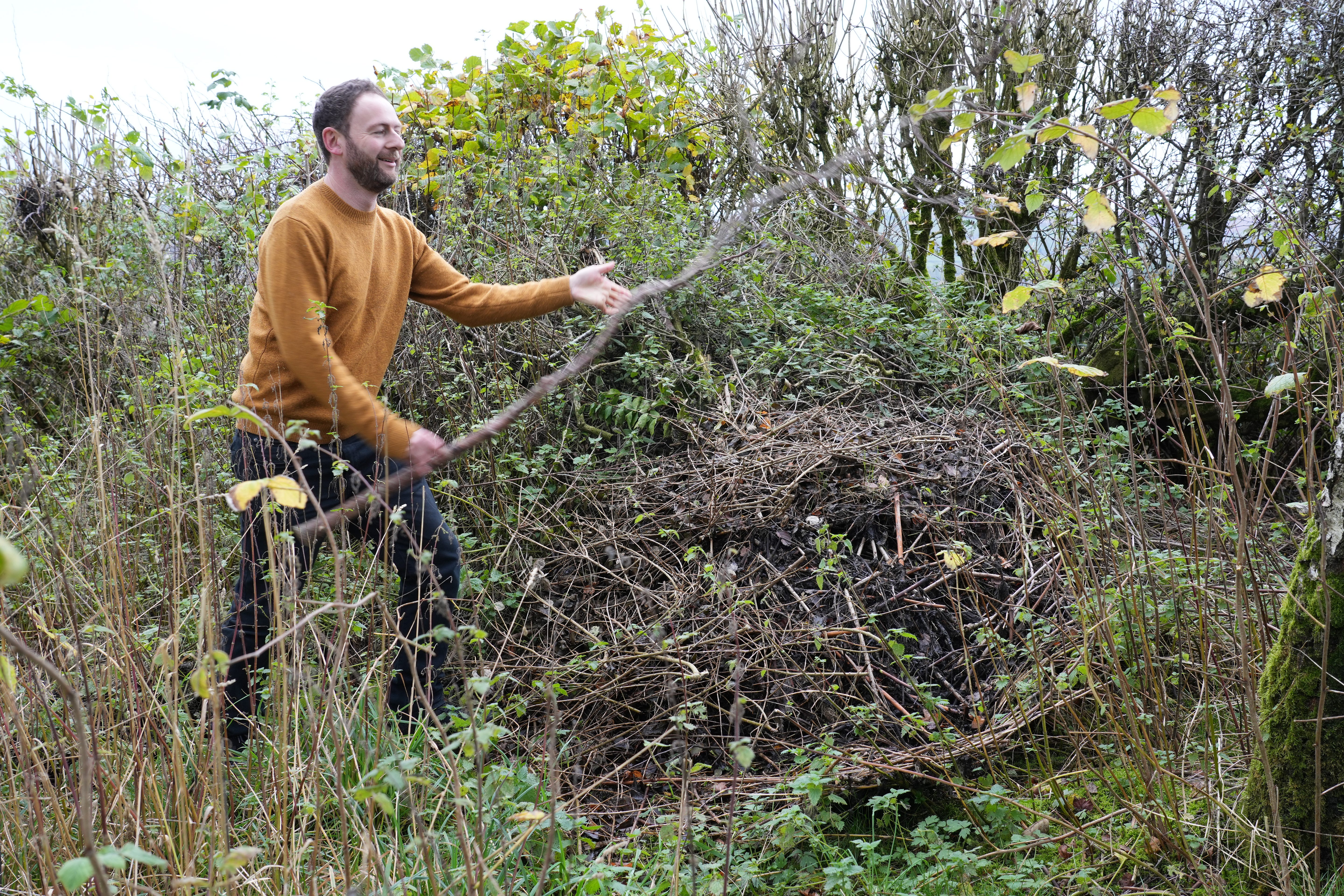
Wildlife is under ever increasing pressure and, if we’re honest with ourselves, things are going to get much worse for the natural world before it gets better. The World Wildlife Fund for Nature, the WWF, recently reported that on average wildlife populations around the world have declined by 73% in 50 years. It’s hard to grasp how devastating that is. The UK is one of the worst offenders for habitat destruction, making our gardens ever more important. And that could mean a shared space in your street, your work’s garden or a community space. Or even simply a pot or windowbox.
Here are some tips to help you be a wildlife champion wherever you grow stuff.
1) Find your wildflower
Make this the year to find your wildflower, the one you love and want to grow the most. I embrace a mix of ornamental plants and wildflowers in our garden for maximum biodiversity, though I actually don’t see the distinction anyway, I just grow them all as beautiful plants. Local wildflowers however are important to the insect populations because they may have evolved to be dependent on each other, so it does biodiversity wonders to grow some in our gardens too. If we all grow one or two wildflowers in our garden, think of the variety possible across 10 or 20 gardens. Go for a walk now and again through the seasons, find a wildflower near you that suits your style and collect some seed. Here are 10 wildflowers to get you started and you’ll find more in my book Wild about Weeds.
2) Add a wildlife warrior
Wildlife warriors are the perennial plants that support a large number of species and ideally for as long as possible. In our garden, some of our wildlife warriors include Astrantia, Geranium and Persicaria because a large number of pollinator species use them and they flower for months in summer. Almost all flat topped umbels fall into this category because they support many unusual pollinators as well as regulars, including wild carrot, cow parsley, Achillea, Hylotelephium and Cenolophium. I’d say late flowering asters and winter flowering hellebores fall into this category too because they help insects for so long at tough times of year.
3) Grow bird seed producing plants
I don’t use bird feeders, instead our whole garden is a bird feeder. We choose plants that produce edible bird seed naturally. From teasels (above) to devil’s bit scabious, even Echinops and Cephalaria. Find one of these seed producing plants you like, then grow them in a reasonable number to stock up seeds available to birds in winter. For more natural food ideas, see other points below.
4) Investigate colourful berries
Design wise, it’s easy to overlook the value of berries while we’re distracted by flowers the rest of the year but come autumn - wow! What’s more, most berry producing shrubs, trees and climbers make a great food source for birds. In our garden blackbirds, jackdaws, goldfinch, blue tits, great tits, long-tailed tits, robins and more flock to our Sorbus trees, which is a joy. Many berries are edible for humans too, and not just the summer producing fruits like blackberry, blueberry, raspberry and redcurrant. Elderflower, rowan, we can use them in various jellies and jams.
5) Create hedgehog hotels
Mixed wild hedging makes a great home for hedgehogs, especially under evergreen holly or spiky hawthorn where they snuggle into the drier leaf litter. In addition, I’ve been mounding up small branches leftover from coppicing and hedge cutting into piles they can also use to sleep in. These are better than built hedgehog houses if you have room - they don’t need to be as big as the above pile. We’ve seen more hedgehogs since doing this.
6) Wildlife paths
Make 20 x 20cm holes in fences and walls for hedgehogs to pass from garden to garden, this is especially important in urban and small gardens. And indeed, this is really important for frog and toad populations too, to help them get around.
7) Spiky shrubs
Small garden birds can be protected from predators if they roost and nest in spiky shrubs such as pyracantha, blackthorn and hawthorn (if not maintained as a bush or hedge they’ll become small trees). In the past I’ve cursed these shrubs for injuring me at clipping time but these days I’ve come to understand their important protective role. Birds can see and move at a faster rate than us, able to easily navigate the spikes while predators can’t. They also look very pretty at various times of the year, making the stabbing spikes doubly worthwhile.
8) A new fruiting tree
Treat yourself to more autumn colour! Fruiting trees are so essential, they flower in spring for pollinators and us to enjoy, look fresh all summer and then fruit in autumn, sometimes into winter. Their leaves can sometimes have autumn colour, and their trunk and branches offer winter structure. Crab apples are one of my top recommendations as they come in all manner of colour and shape, some with large fruit for jelly. But normal eating apples, pears, cherries, they are all fantastic too. Crab apple ‘Comtesse De Paris’ is a lovely one. Leave some rotten fruit as many insects, including wasps and comma butterfly, eat the sugars from them.
9) Install a bird box
Add a bird box to your garden for small birds to nest in (or larger for big birds if you have space!) Make sure it’s one with a lid or back that opens to allow you to clean it out in winter to prevent spread of disease.
10) Fit a swift brick
A swift brick is a concrete or clay box designed for swifts and other birds to nest in. They’re fitted easily to the outside of house walls making your house an active hub for biodiversity! You won’t hear the birds inside if situated a little away from windows, though I do like to hear them myself. A builder can easily knock out some normal bricks to replace them with a swift brick.
11) Add bat boxes
Bats don’t receive enough love and they need our help because roosting sites for them are reducing. A bat box is much like a bird box with the openings at the bottom so they can fly and climb in, hanging from perches at the top. Position them high up beneath roof eaves or that sort of height in a tree.
12) Grow perennial herbs and let them flower
Marjoram and chives are excellent, tolerant little edible herbs that will self propagate without help. Marjoram spreads by rhizome and chives multiply, they are such easy wildlife supporting plants. They’re pretty too. Rosemary, sage and lavender are all easy to grow edible shrubs - I plant these in almost every garden design for wildlife and us. Reducing packaging and transport of herbs, really no one need ever buy these herbs in supermarkets.
13) Permanent meadow areas
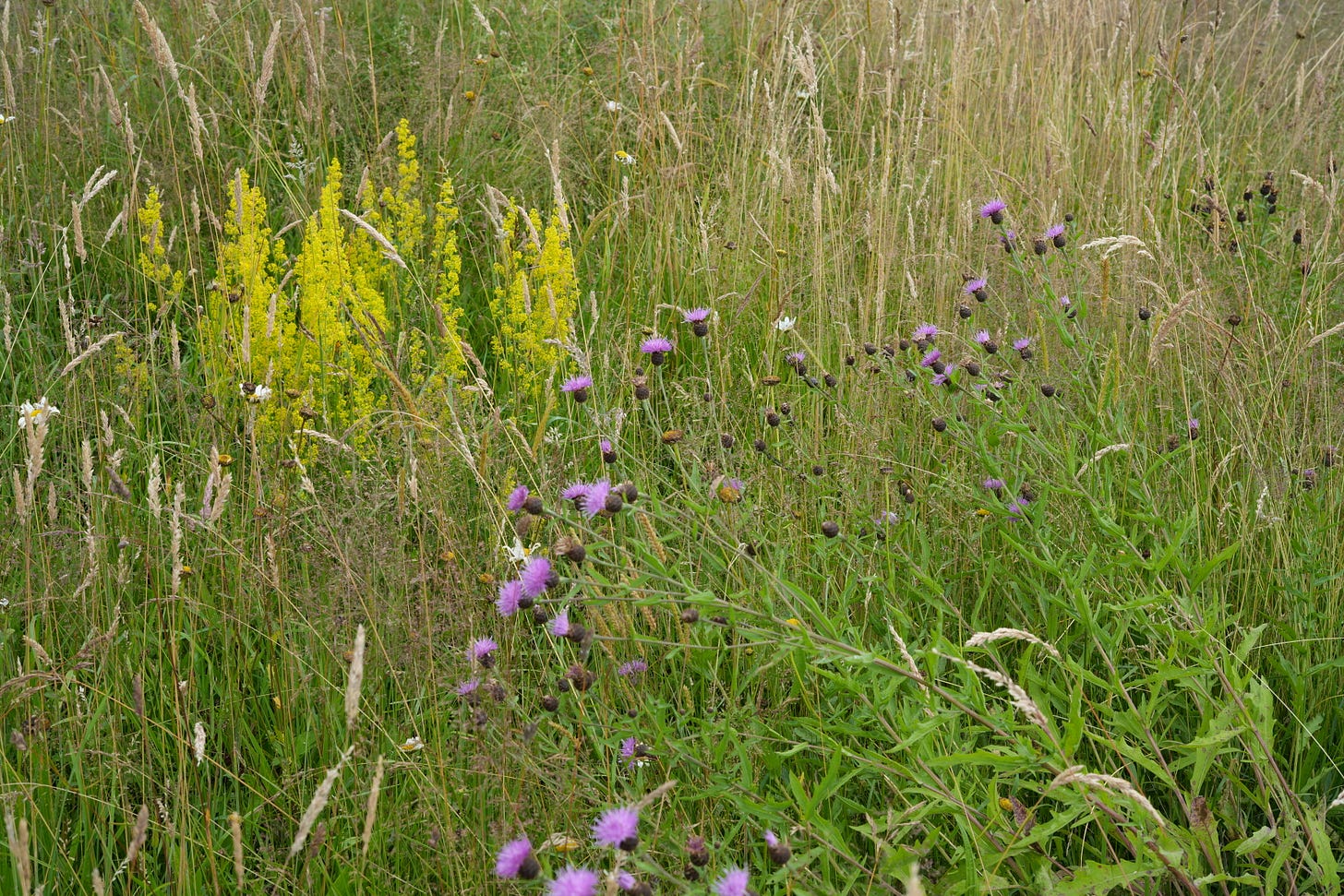
Rather than doing short term no-mow areas, decide on a patch of your garden to turn into a meadow or scrubby grassland permanently. Rough unkempt patches are on trend in garden design so embrace this look. You can mow them down to the ground in autumn if you want more flowers, leaving them until next year, but don’t muddle lawns with meadows, the two areas cannot be combined easily as they require different types of grass.
14) Foster a woodland carpet
In the past, shaded areas were considered a problem but they are without doubt one of my favourite areas to design! So many plants grow and brighten these areas, including ferns, wood aster, brunnera and various geranium to name but a few. By focussing on increasing biodiversity in shade, you also support woodland wildlife by increasing shelter, leaves for insect to eat and flowers to forage. You’ll notice in the wild, different wildlife live in the shade of woodland to more open sunny spots, so by upping your shade planting, you can also support and attract woodland butterflies, moths and birds.
15) Install a pond
I love a pond. The way rain drops fall on water is beautiful, as are little waterlilies and various other wild pond plants. The main thing with ponds is to think about how a frog might get in or out. They need gentle slopes. If you have a pond in a pot, you can achieve this with small planks of wood as ramps on both sides, or submerge the pot in soil. Or you can use stones to create steps. Water is the life source of everything and it’s incredible how quickly it draws in birds, hedgehogs, frogs, toads, newts, pond skaters, dragonflies and more. Healthy ponds don’t need any filtration systems, they just need oxygenating plants. Read more about setting up a micro pond in a pot here. Bigger ponds just need a hole dug and a liner added, making sure now sharp stones can puncture it. Easy.
16) Day of the dead… wood!
I’ve been acting strangely in our garden over the last year. Alright, MORE strangely. I’ve been actively looking for dead twigs and branches that fall off trees and pushing them into nooks and crannies around the garden. So much life depends on dead wood that it’s unbelievable gardening books have overlooked it for so long, or worse, told us to clear it away! Fungi especially love dead wood, as do many insect larvae, all of these things feed other wildlife like birds - you might be lucky to spot a woodpecker tapping away at dead bits of wood for grubs. Piling up logs, as I have above, creates an easy insect hotel.
17) Leave fallen leaves on soil
Leaf debris is vital for so much wildlife. Frogs and toads will hang out under it, birds will forage for insects in it. Fungi feed off it as they break the leaves down, which in turn can then feed plant roots. I’ve discussed this at length in this article on leaving fallen leaves.
18) Double the biodiversity with climbers
I grow climbers through hedges and shrubs to double the amount of plant in the same place, usually choosing things that flower at different times as a useful companion. Honeysuckle is fantastic as it’s used by a lot of moths and bees. Other useful climbers include clematis, climbing hydrangea and scrambling roses. Avoid overbred double flowered roses as these are rarely useful for wildlife as the insects can’t reach the pollen or nectar, or these organs have been bred out for more petals.
19) Don’t use pesticides at all
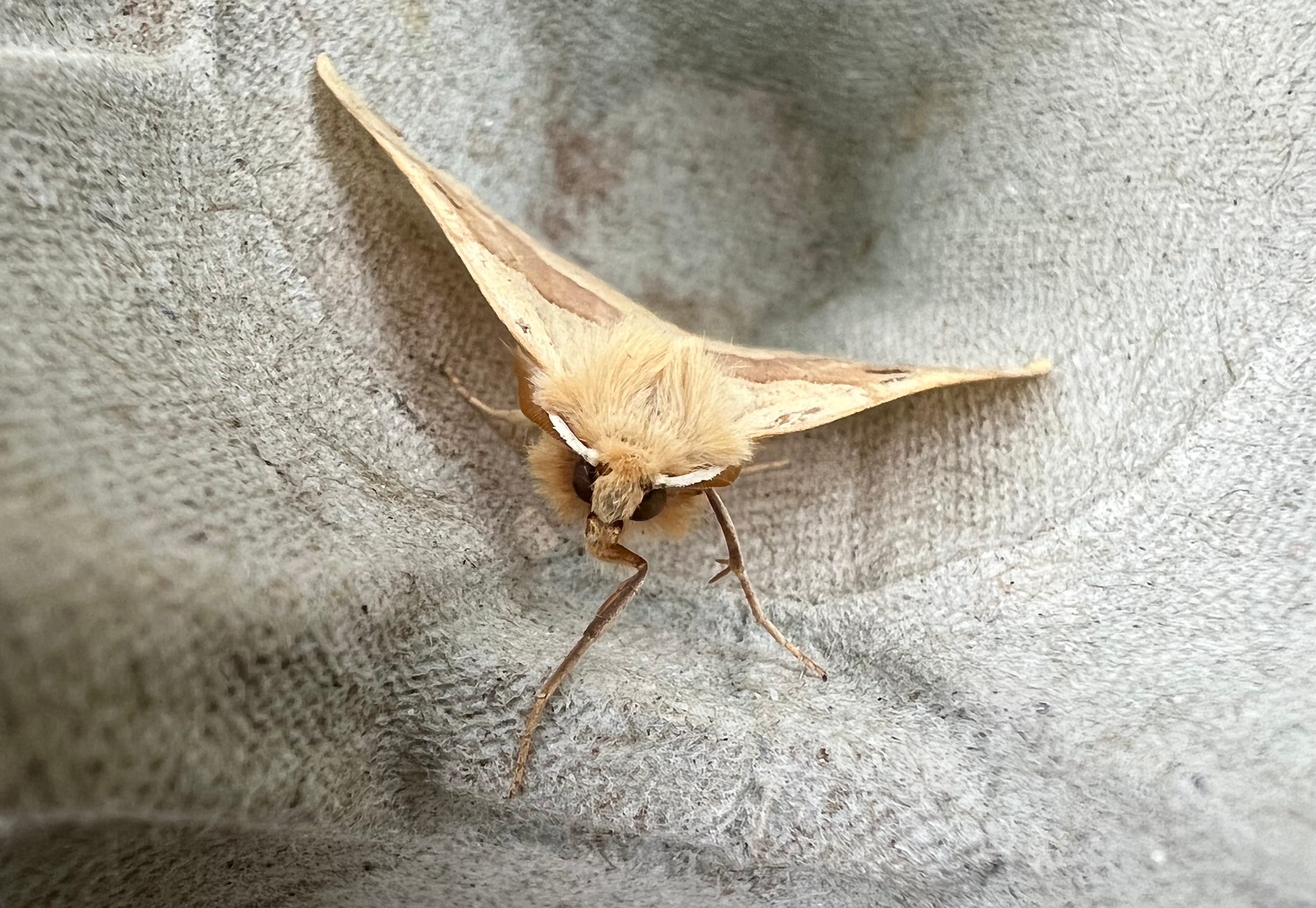
If you’re reading this, you already know not to use pesticides - spraying stuff that kills insects and animals isn’t going to help wildlife! But we can all continue to educate others around us and on social media.
20) Donate to or join a conservation charity
The Wildlife Trusts, Woodland Trust and RSPB are our nature champions in the UK. The National Trust too, thanks to the huge amount of important land for wildlife it owns. In recent years it’s been fantastic to see them working together and ramping up their activity to protect nature. Joining one or more of them to support what they do both financially and with shares on social media and in real life is now very important. As the natural world will continue to be pushed to its limits, we must come together to push back. There are more of us who care for nature than there are working to wipe it out.
21) Enjoy your wildlife enhanced garden!
As important as any other point on this list, stop to reflect on what you have done for wildlife, go out, look and enjoy seeing the life in your garden, community garden, work garden or allotment. You are making a difference and, by setting the example, more people will join in to save nature. I strongly believe that are garden without wildlife is a worse garden for us. Insects and birds, they bring interest, sound, movement and excitement. In a wildlife garden, you never know what you might find!
10 new rebel plants
In my first book, Wild about Weeds, I detail over 50 wild plants recommended to grow in garden designs. Since then, I’ve been trialling many more and here I wanted to share ten of my favourites in addition to those listed in the book!
Nepenthes albomarginata x maxima 'Red Beauty'
I was given this Nepenthes albomarginata x maxima 'Red Beauty' by grower Sean Higgs to try as a houseplant growing in peat free compost. And as you can see, while still young, it’s growing very well indeed.
Opuntia canterae
This is one of my favourite houseplants out of those I’ve ever grown. It was given to me by Alan Bridger who kindly donated hundreds of succulents to our open garden plant sales for the National Garden Scheme when we used to live in London. It was labelled as
Phlebodium aureum 'Blue Star'
I thought I’d start a new series of posts around growing a new exotic garden indoors. Shining a spotlight on some of the new additions to my studio and rest of the house in case it inspires you to do the same!
13 Asters for naturalistic gardens
I’m looking at the little pose of asters on my desk thinking, ‘how did it come to this?’ The pale lavender of some remind me of talcum powder and blue rinse hair dye. I promised myself once to never like asters, and yet, here we are, not only liking them, but loving them.


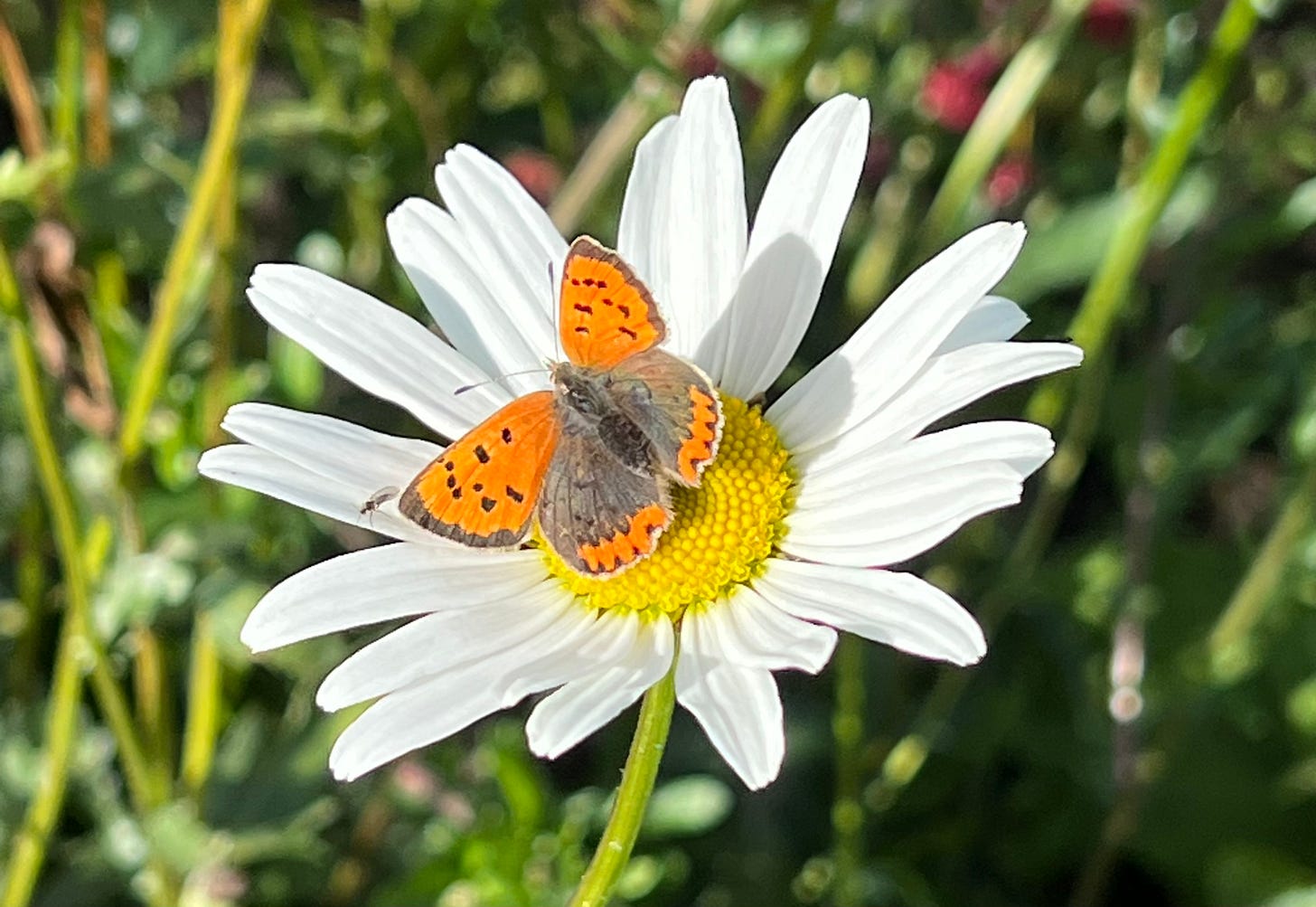
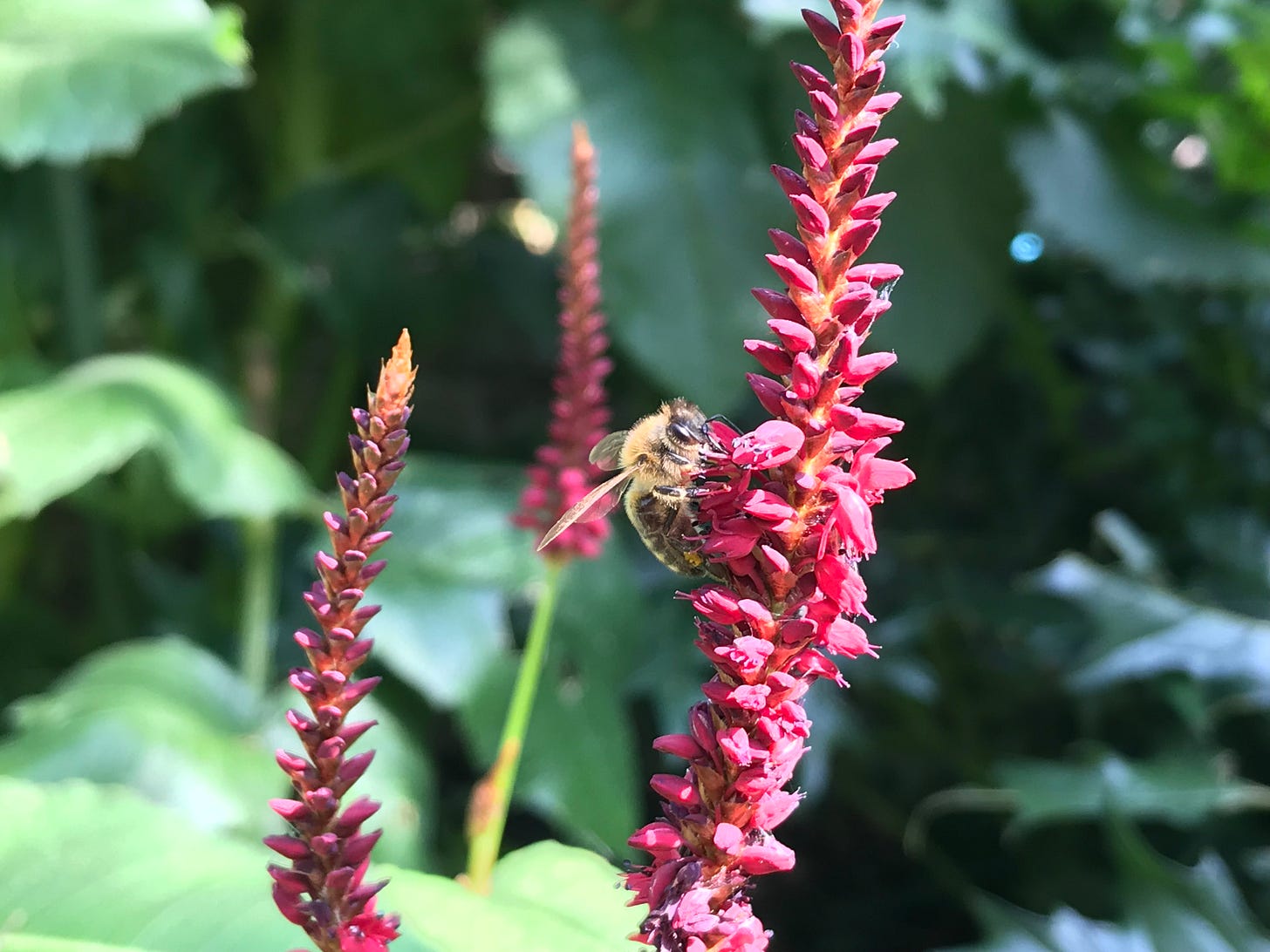
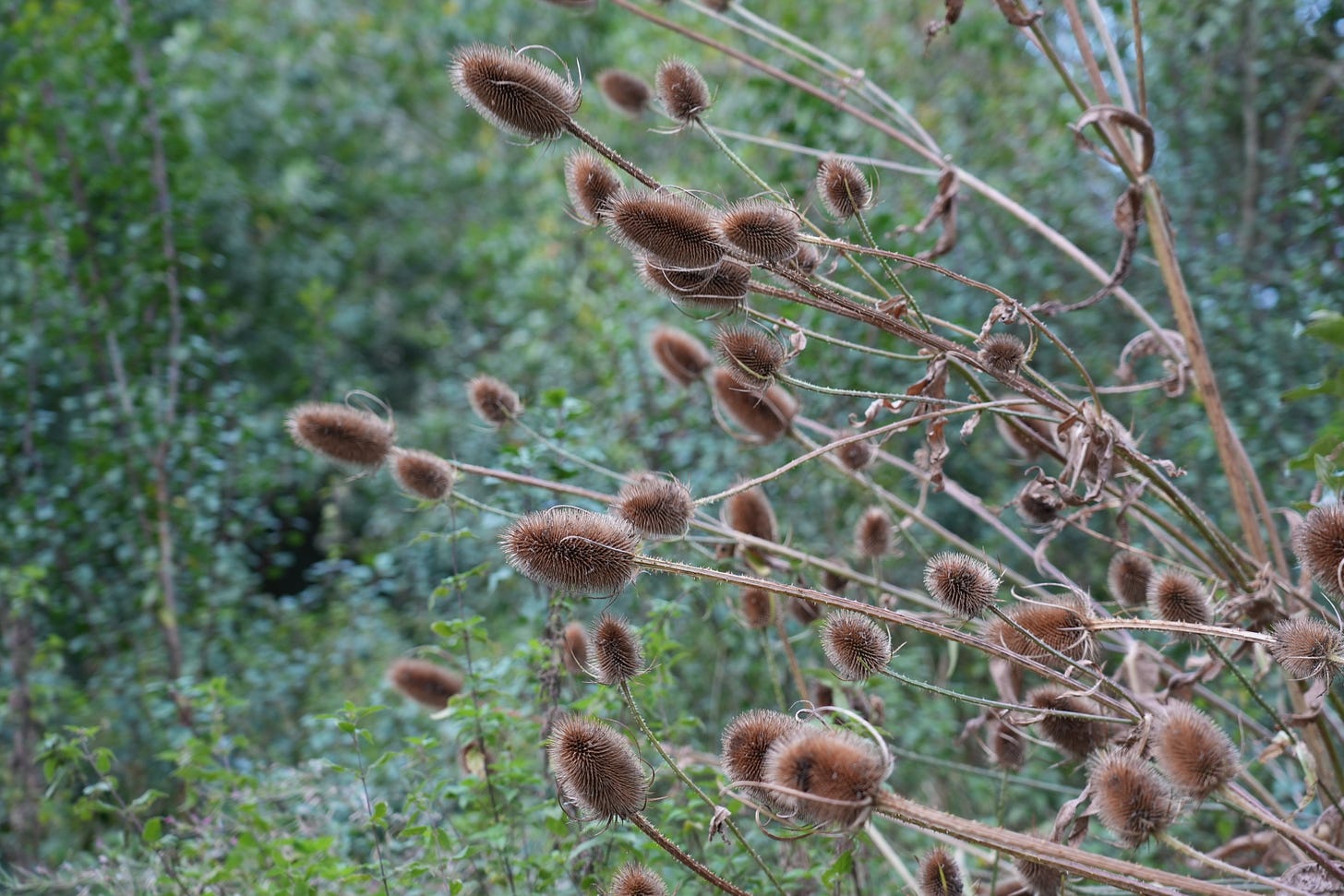
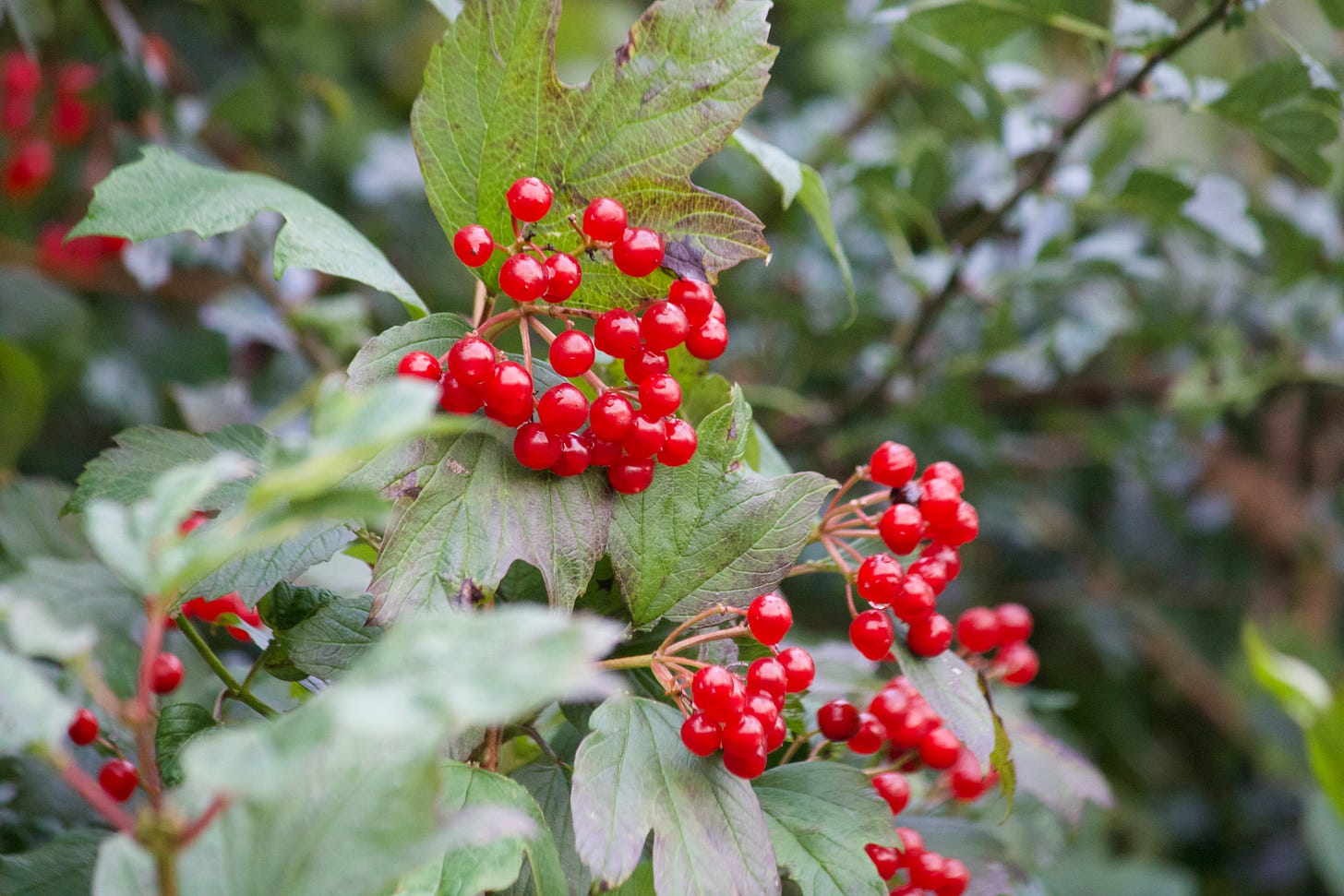
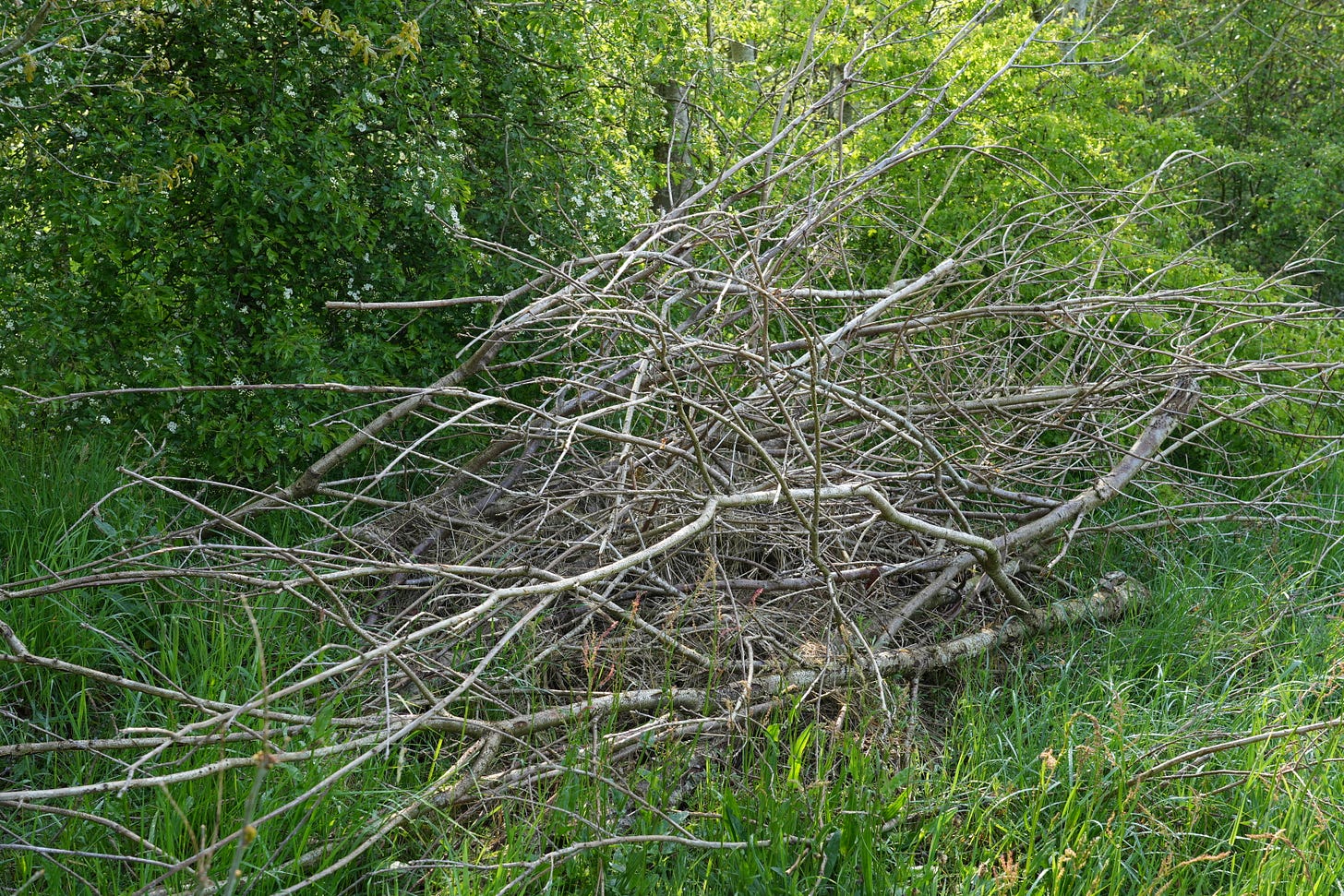
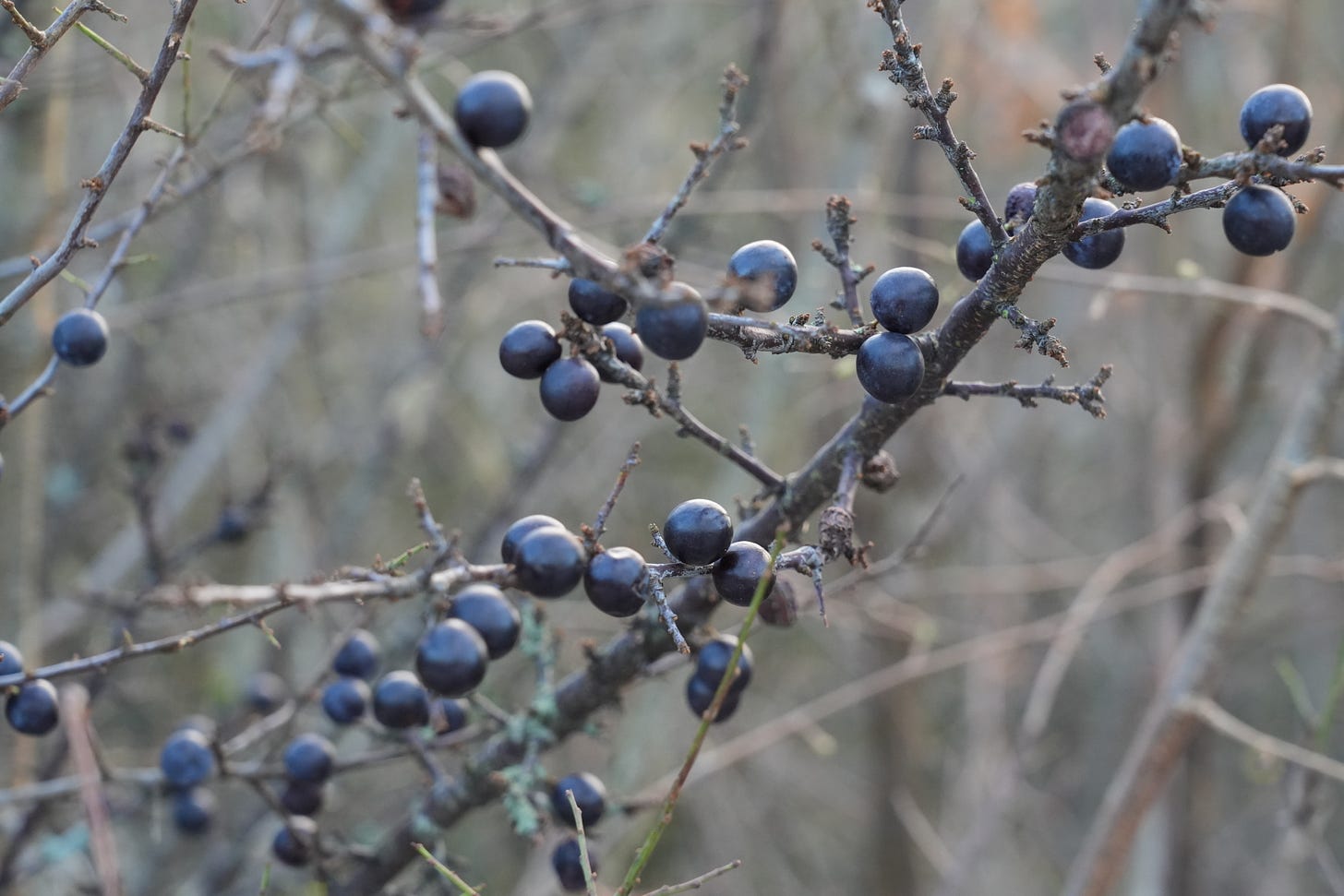
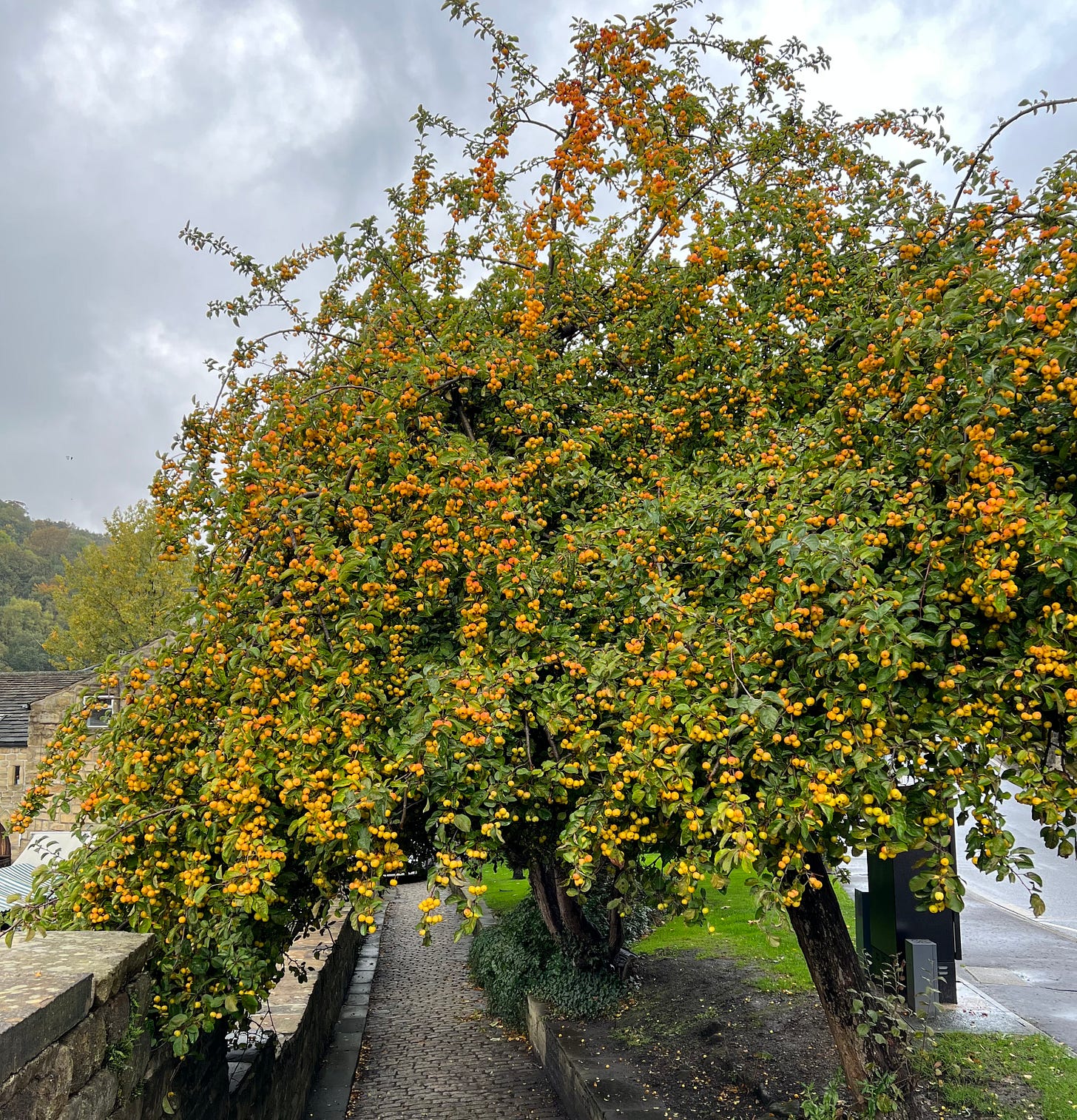
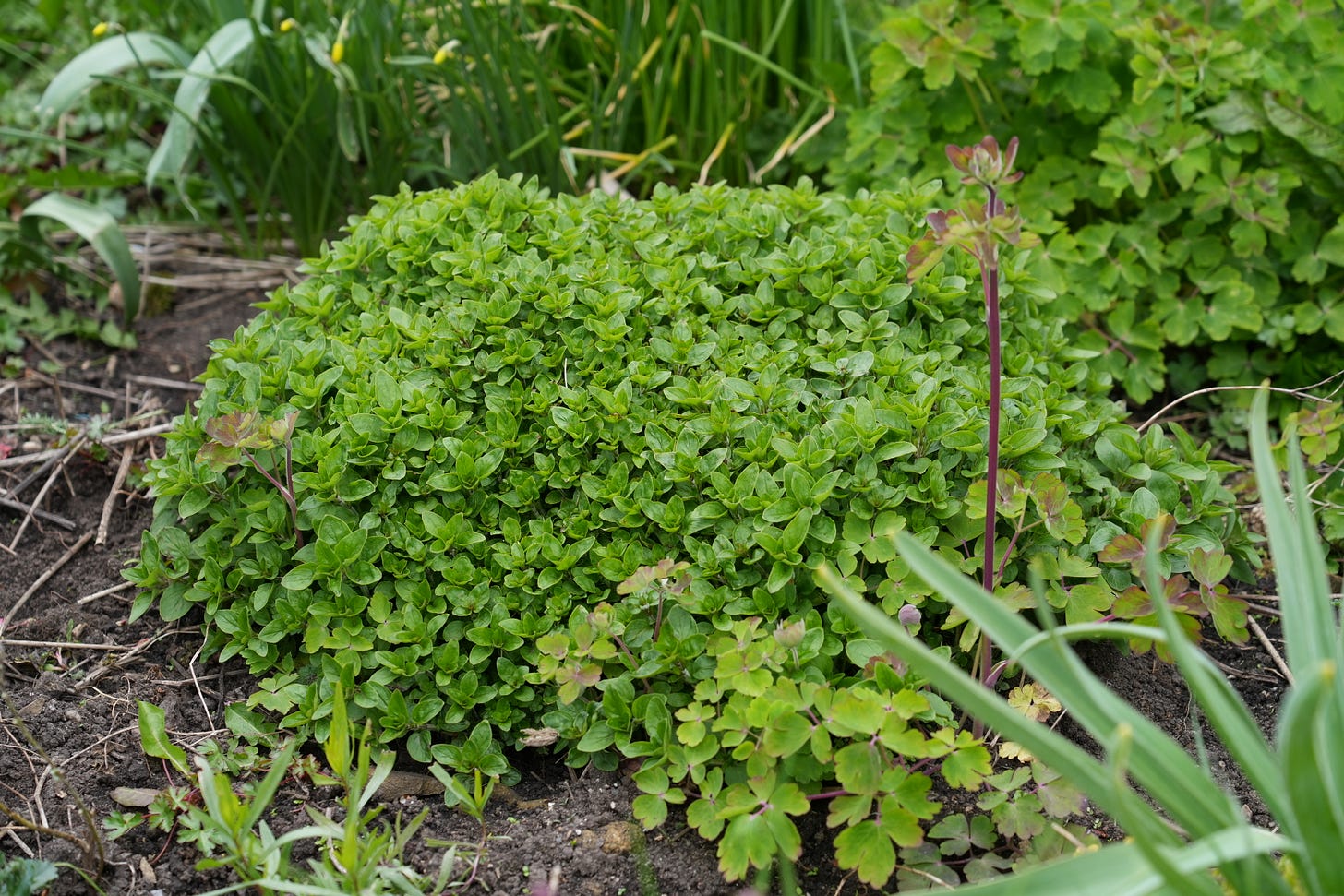
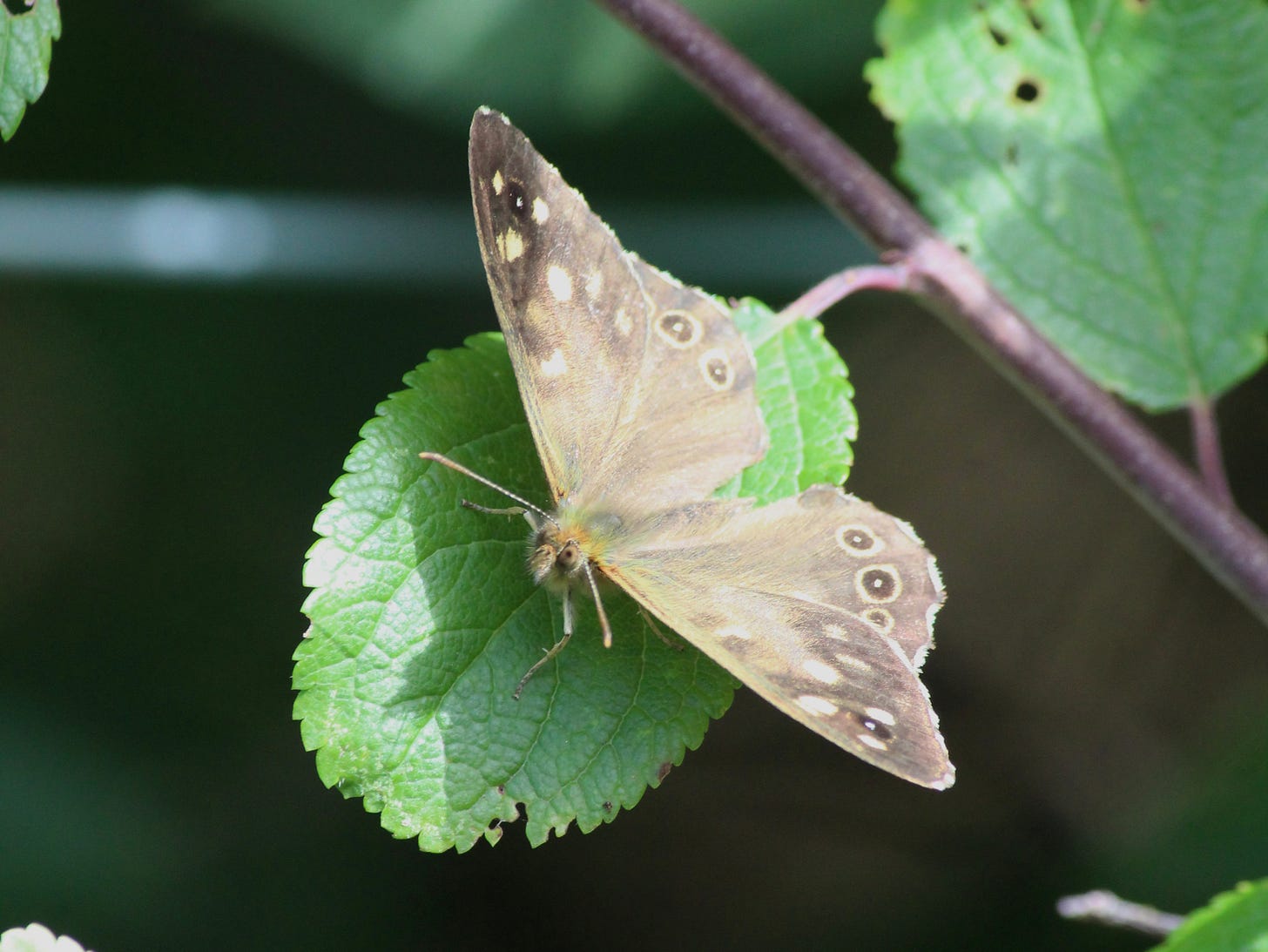
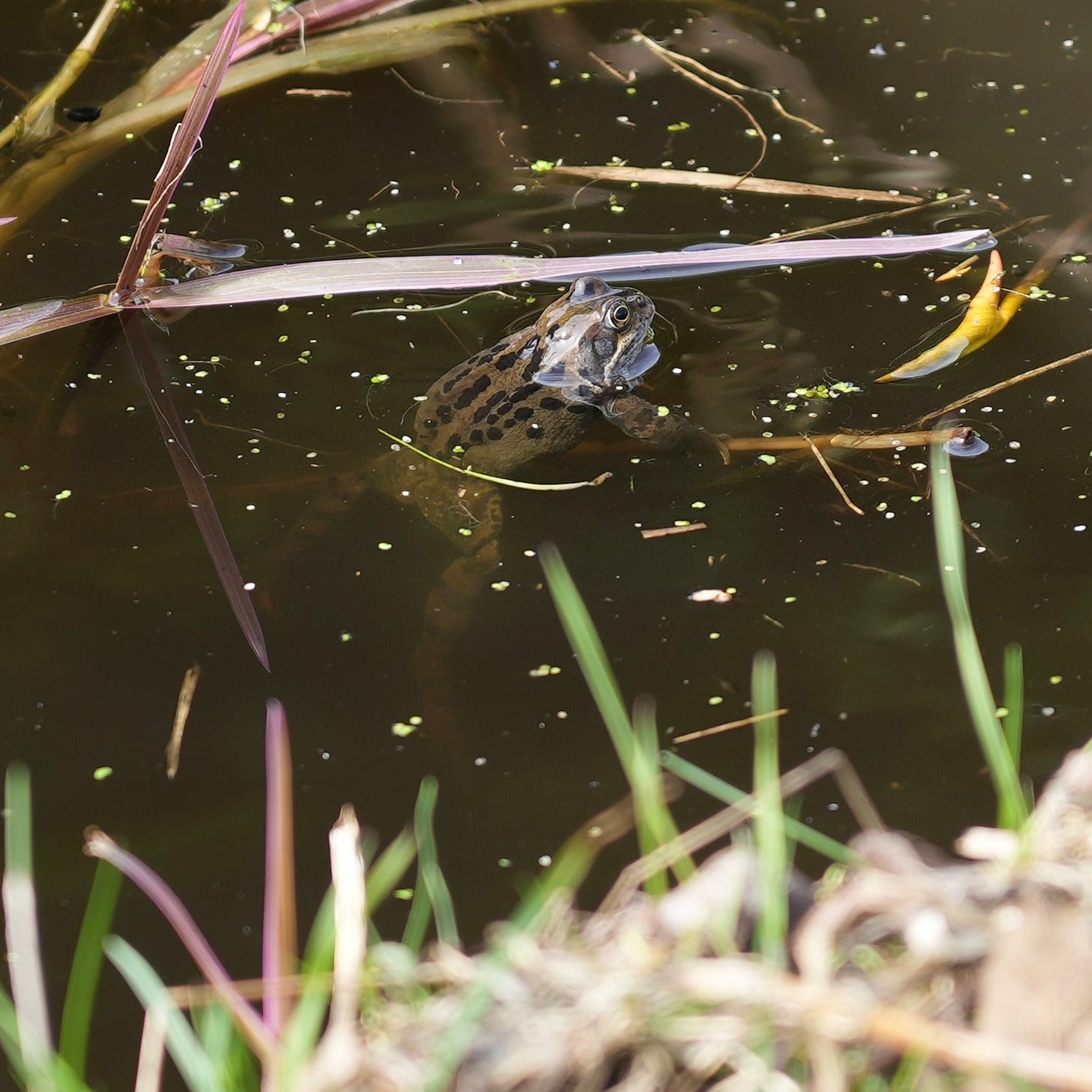
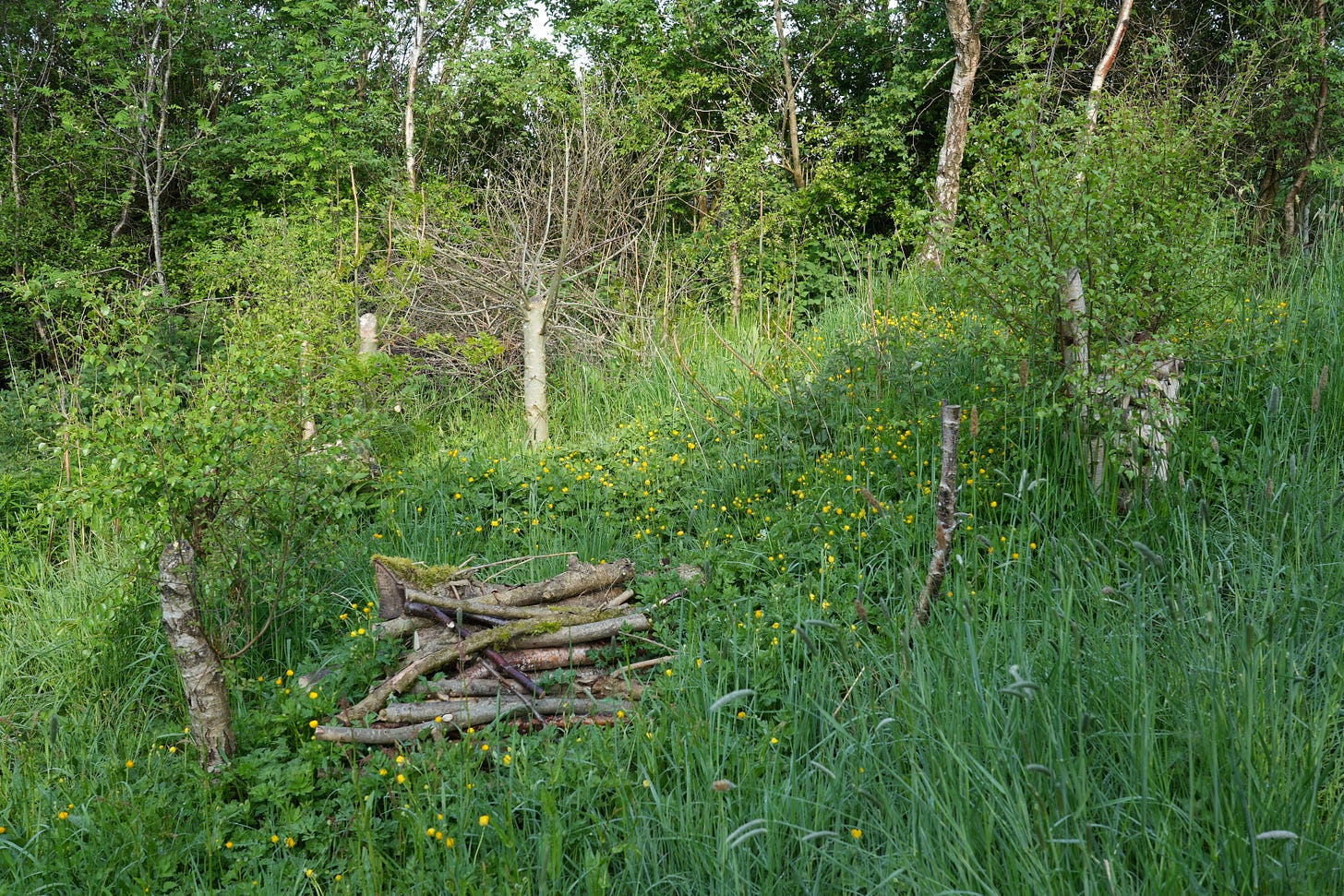
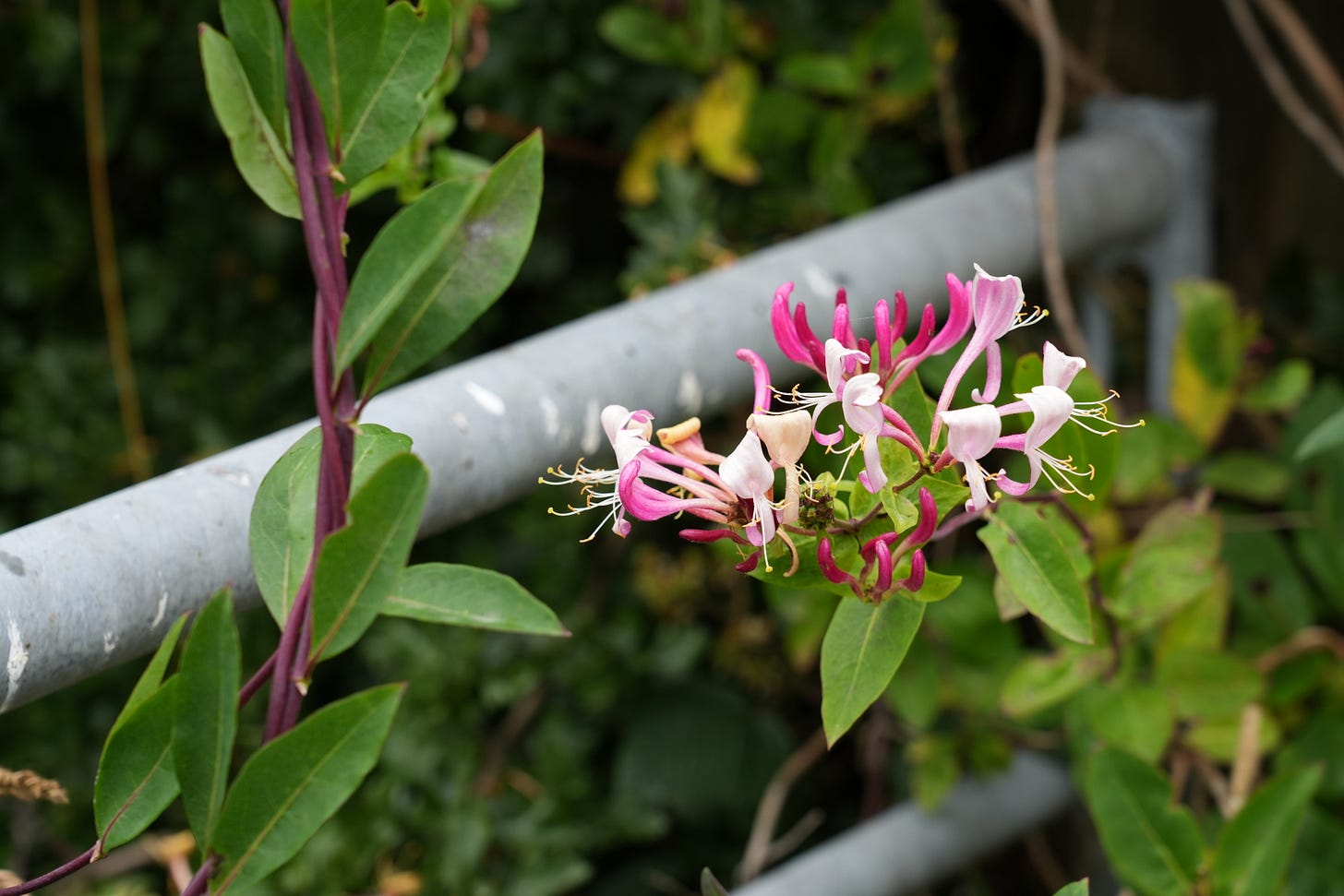
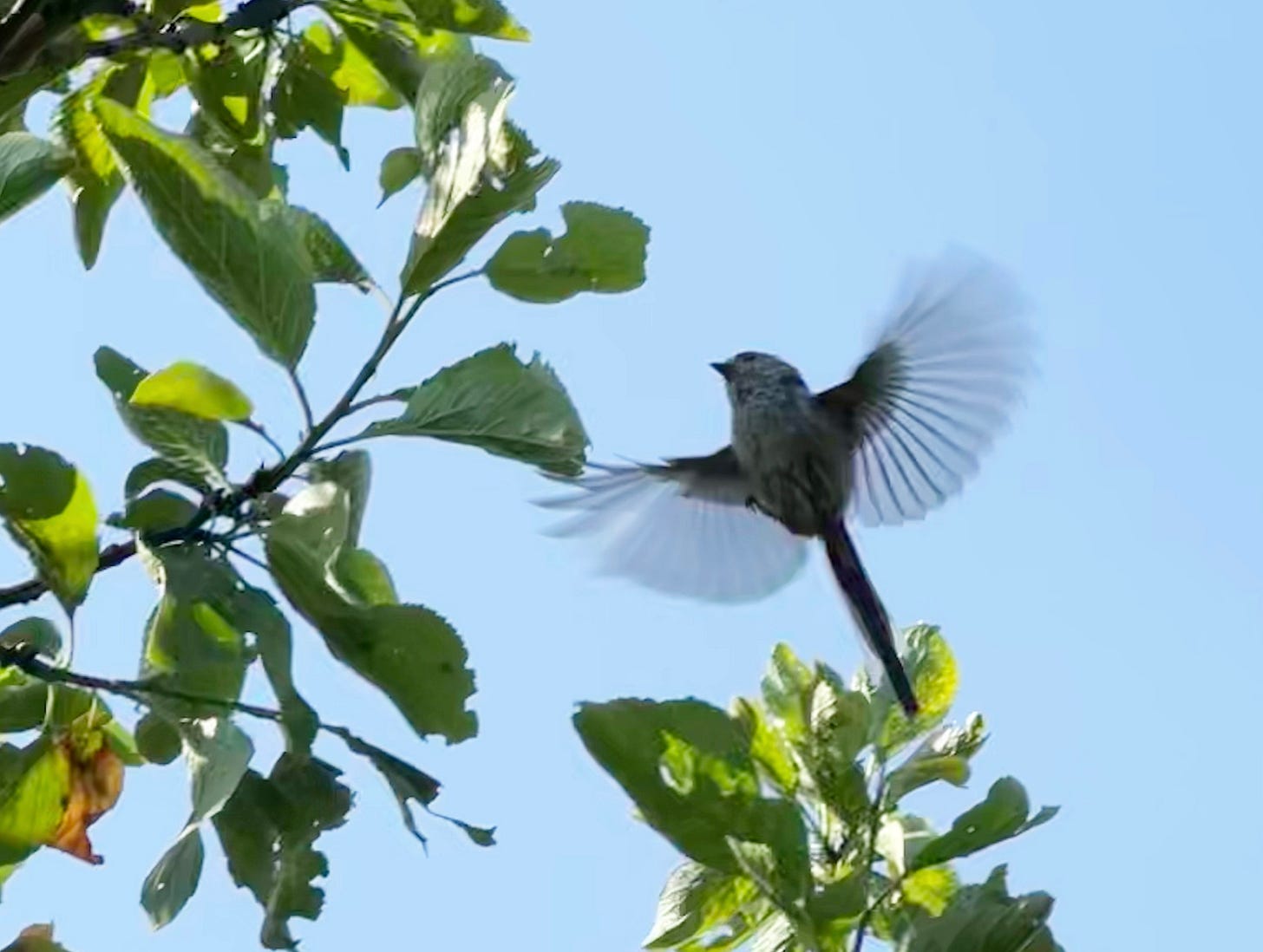
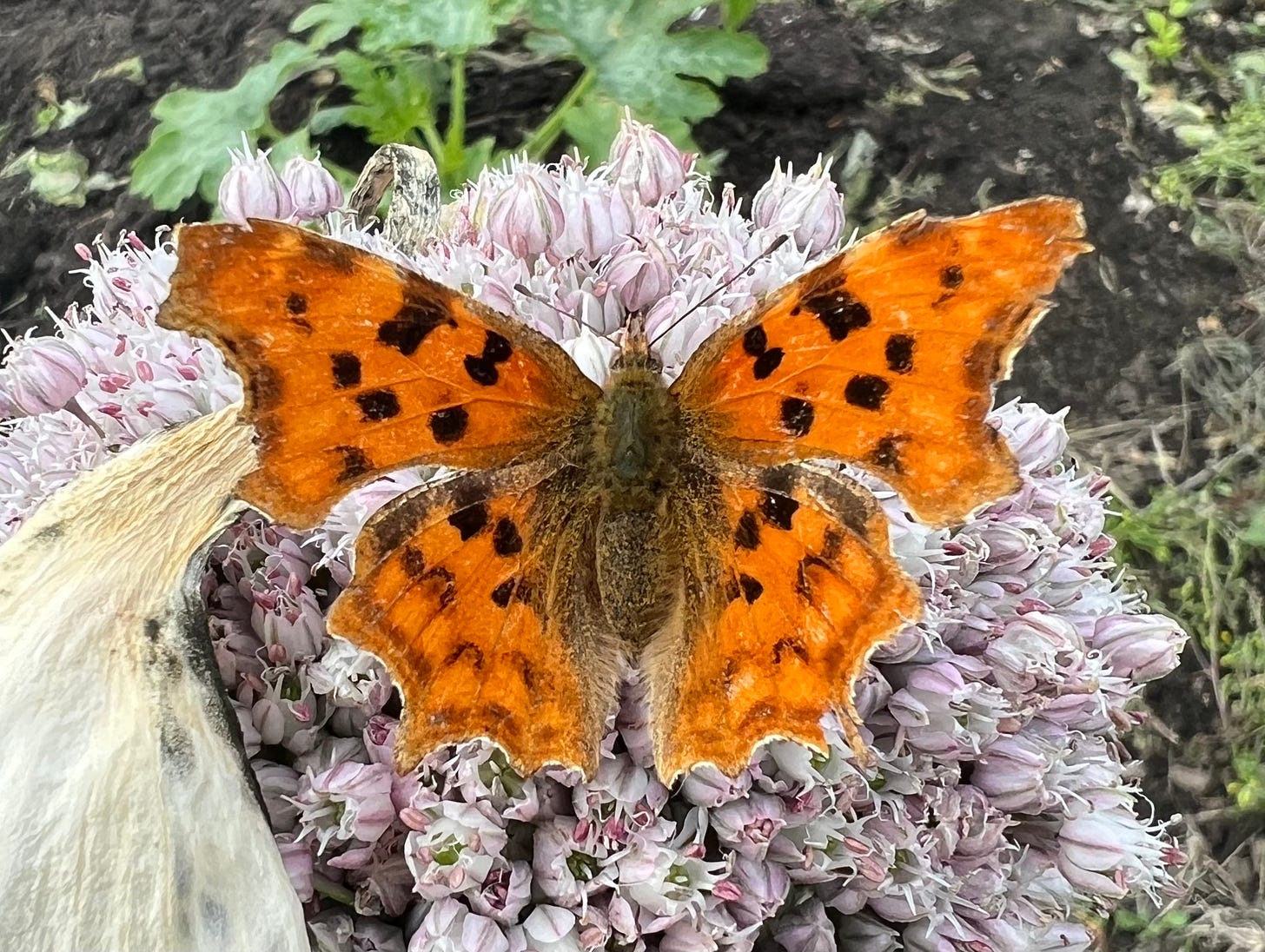
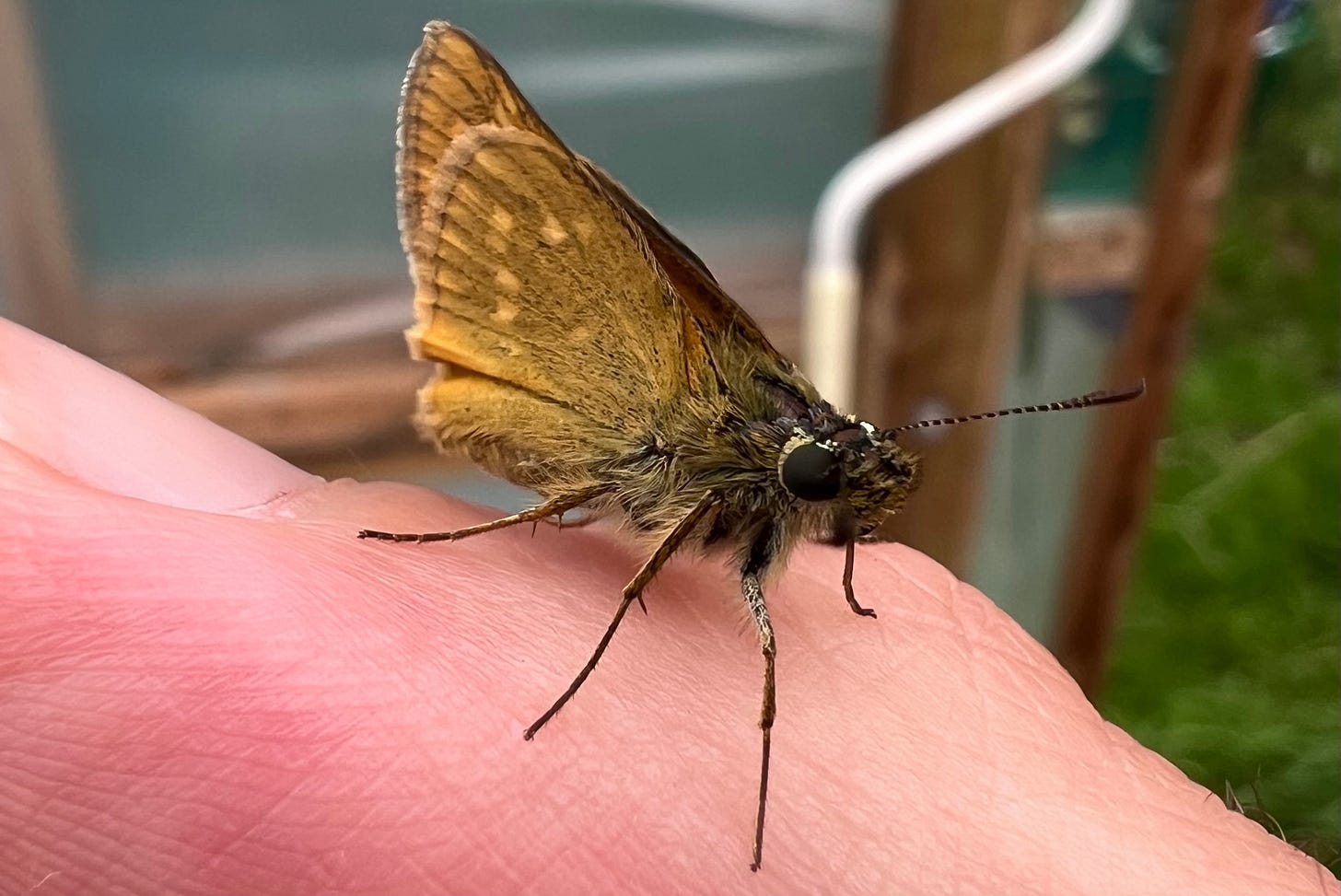


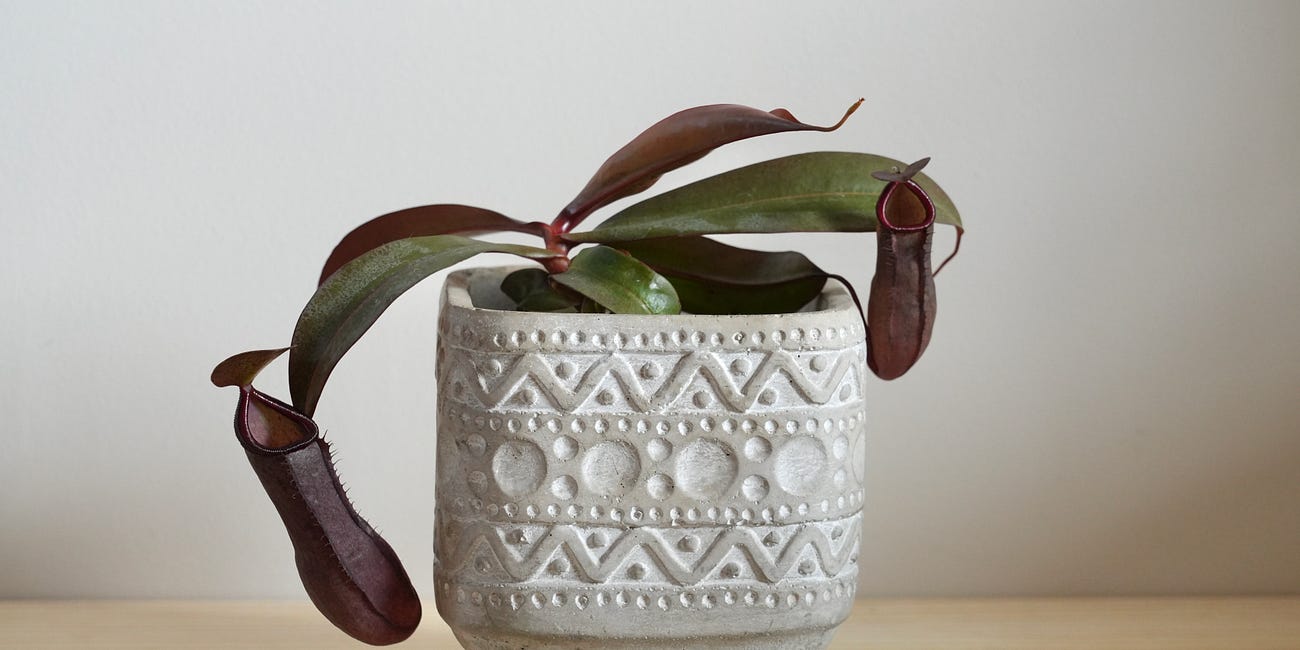
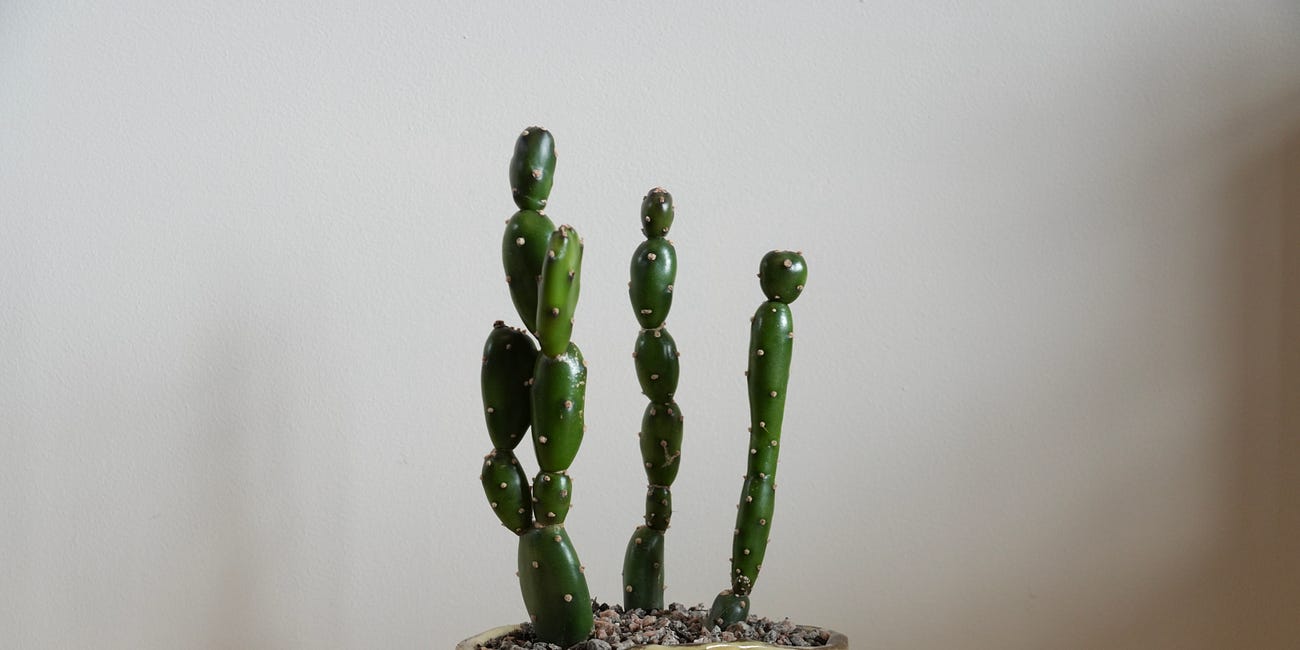
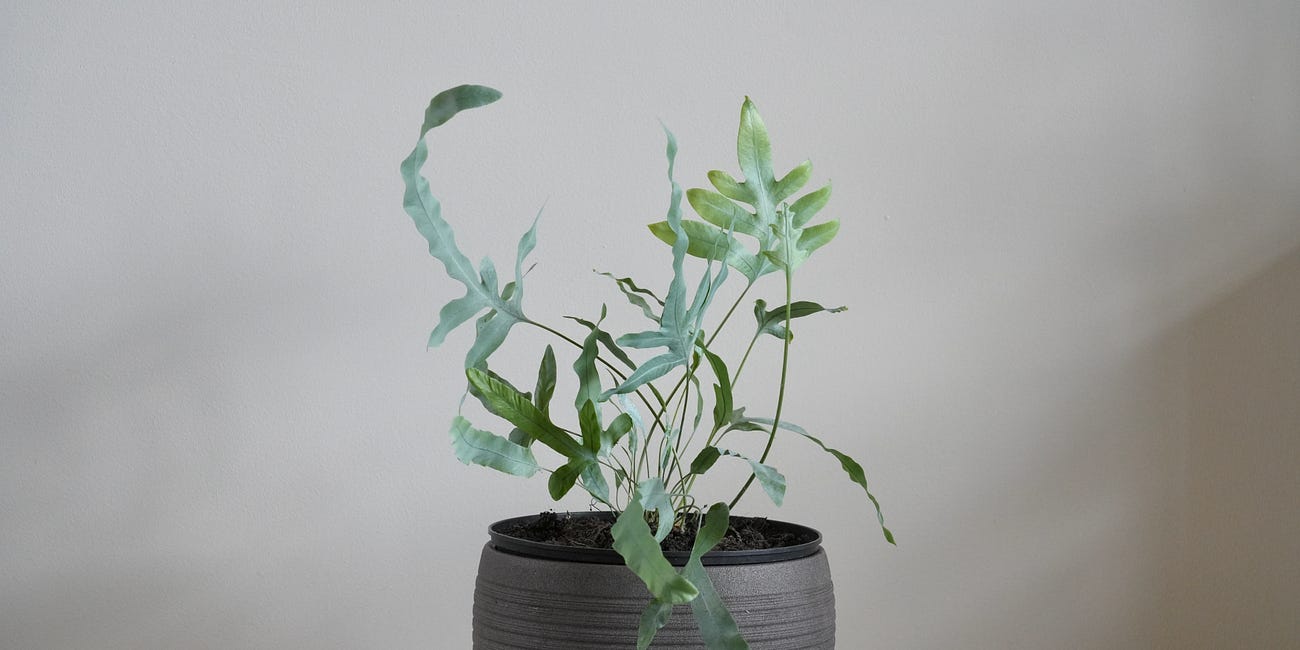
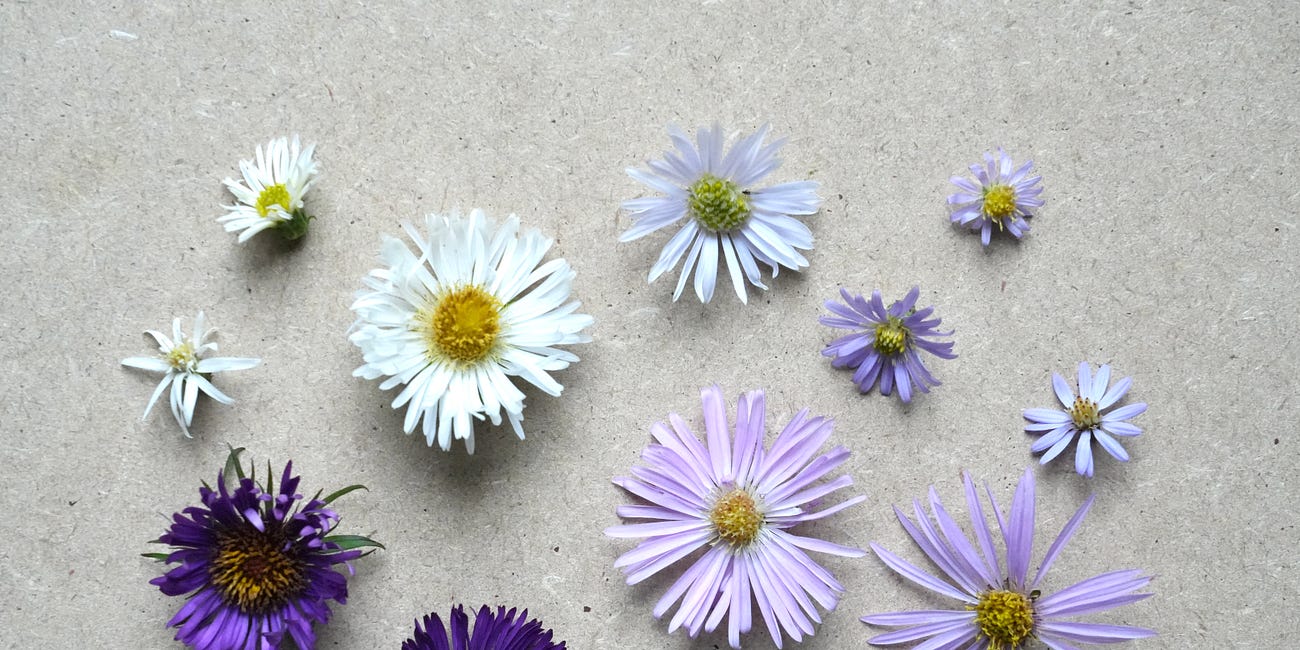
Proud to say I do all these and I have a wildlife filled garden. As I get increasingly interested in the wildlife the virtuous cycle of wildlife gardening continues: the more I notice (& get distracted) - the less I garden - the more wildlife I get. 😊
incredibly useful! thank you so much! i have done all of the above except build a pond, because i find them aesthetically unappealing and difficult to maintain when they are very small, as my garden is. i had a sunken bathtub for a while but cleaning it out in spring and setting it up again for the new season proofed to be a downer, so we scrapped it eventually. but while it was there it really attracted hover flies and damsel flies and was a great drinking fountain for many birds, insects and small mammals! brilliant for watching wildlife actually!